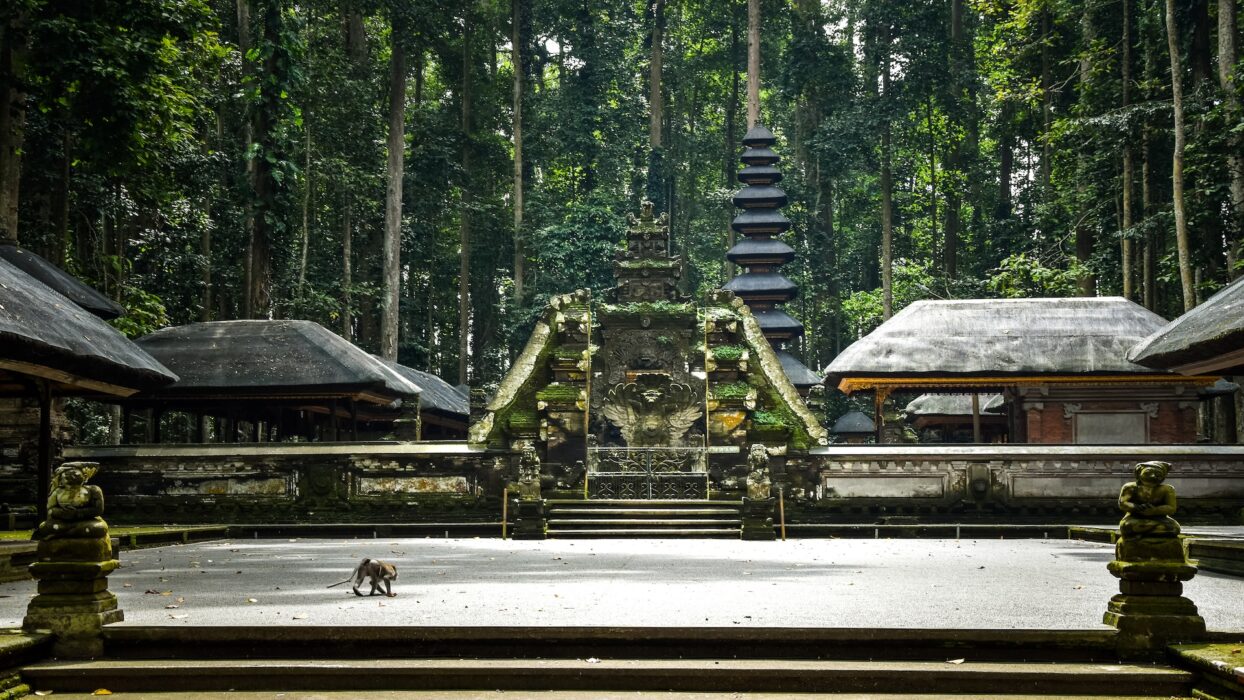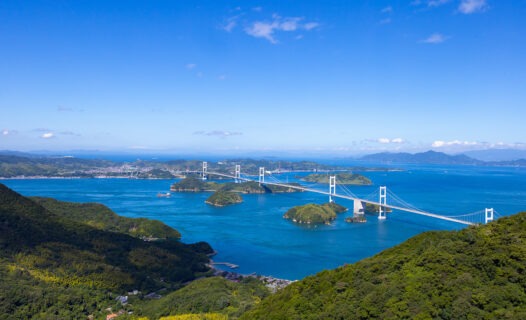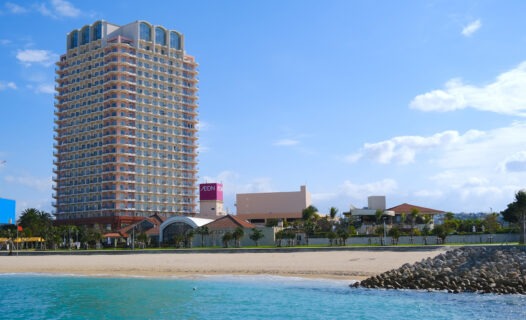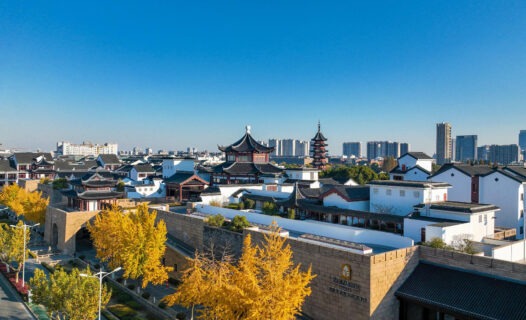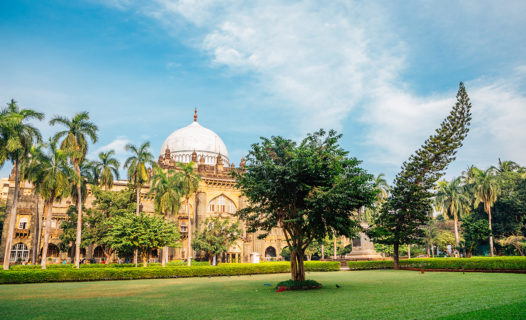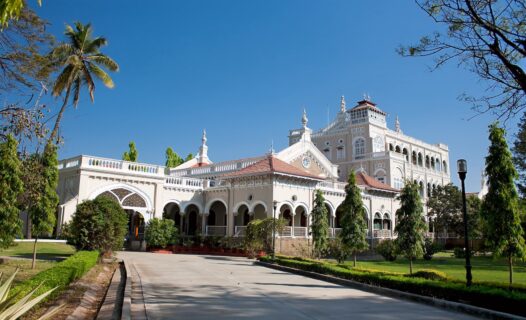Introduction
Bali, the enchanting island of the gods, is renowned for its stunning landscapes and rich cultural heritage. Among its many treasures, the water temples stand out as spiritual sanctuaries that not only captivate the eye but also nourish the soul. These sacred sites are woven into the fabric of Balinese culture, symbolizing the island’s deep reverence for water as a source of life and purification.
For travelers seeking a blend of tranquility and cultural immersion, Bali’s water temples offer an irresistible allure. Picture yourself surrounded by lush greenery, the sound of flowing water, and the scent of incense wafting through the air as you witness rituals that have been practiced for centuries. Whether you’re a spiritual seeker or a curious adventurer, these temples invite you to explore their serene beauty and discover the profound beliefs that shape Balinese life.
Discovering Bali’s Water Temples: A Cultural Odyssey
Water temples in Bali are more than just picturesque spots; they are the heart and soul of Balinese spirituality. Each temple is a testament to the island’s unique Hindu beliefs, where water is revered as a sacred element. This connection to water is deeply ingrained in daily life, influencing everything from agriculture to rituals and ceremonies.
Historically, these temples were built near lakes, rivers, and springs, emphasizing the importance of water in the agricultural practices of the Balinese people. The temples serve as sites for water purification rituals, where locals and visitors alike can partake in the cleansing waters believed to wash away negative energies and bring blessings.
One of the most iconic of these sites is Tirta Empul: Bali’s Sacred Water Temple, where the holy spring is said to have been created by the god Indra. This temple not only showcases stunning architecture but also provides a glimpse into the spiritual practices that define Balinese culture.
Iconic Water Temples of Bali: Must-Visit Sites
When it comes to the best water temples in Bali, a few iconic sites deserve a special mention. Each temple boasts its own unique charm and architectural beauty, making them must-visit destinations for any traveler.
Tirta Empul Temple
As mentioned earlier, Tirta Empul Temple is famous for its holy spring water, which is believed to have healing properties. Visitors can participate in the purification ritual, immersing themselves in the sacred waters while surrounded by intricate carvings and lush gardens. The atmosphere is both serene and vibrant, making it a perfect spot for reflection and spiritual renewal.
Ulun Danu Beratan
Next up is the stunning Ulun Danu Beratan Temple, situated on the shores of Lake Beratan. This picturesque temple is dedicated to Dewi Danu, the goddess of water, and is a breathtaking sight, especially at sunrise when the mist rises over the lake. The temple’s floating appearance, framed by the surrounding mountains, creates a magical photo opportunity that travelers will cherish forever.
Pura Taman Ayun
Another gem is Pura Taman Ayun, a royal water temple that boasts beautiful gardens and intricate architecture. This temple is surrounded by a moat, enhancing its tranquil ambiance. Visitors can stroll through the lush grounds, soaking in the peaceful atmosphere and admiring the traditional Balinese architecture that showcases the island’s artistic heritage.
These iconic water temples are just a glimpse into the rich tapestry of Bali’s cultural sites. Each one offers a unique experience, blending spirituality with breathtaking scenery, making them essential stops on your Balinese adventure.
Lesser-Known Gems: Hidden Water Temples of Bali
While Bali is famous for its iconic water temples, the island is also home to a treasure trove of lesser-known gems that offer unique experiences and a slice of tranquility away from the crowds. These hidden water temples are perfect for those looking to explore the serene side of Bali and immerse themselves in the local culture without the hustle and bustle.
Pura Taman Sari
Nestled in the village of Mengwi, Pura Taman Sari is a hidden gem that often flies under the radar. This temple is less frequented by tourists, making it an ideal spot for peaceful reflection. Surrounded by lush gardens and a serene pond, visitors can enjoy the harmonious atmosphere while observing the intricate carvings that adorn the temple. Don’t forget your camera; the reflections in the water create stunning photo opportunities!
Pura Sada
Located in the serene area of Tabanan, Pura Sada is another hidden water temple that showcases the beauty of Balinese architecture. This temple is dedicated to the worship of the water goddess and features a beautiful spring that flows throughout the year. The tranquil surroundings and the sound of flowing water make it a perfect spot for meditation. If you’re lucky, you might even witness a local ceremony, adding to the authenticity of your experience.
Pura Ulun Danu Batur
While Pura Ulun Danu Beratan gets most of the attention, Pura Ulun Danu Batur is another stunning temple worth visiting. Perched on the slopes of Mount Batur, this temple offers breathtaking views of the lake below. The temple is dedicated to Dewi Danu, the goddess of water, and plays a significant role in the local community. The misty backdrop of the mountains adds to the magical atmosphere, making it a fantastic spot for sunrise photography.
Exploring these lesser-known temples allows you to connect with the spiritual essence of Bali in a more intimate way. So grab your sense of adventure and set out to discover these hidden treasures!
Temple Rituals and Spiritual Practices: A Journey into Balinese Beliefs
One of the most captivating aspects of Bali’s water temples is the rich tapestry of rituals and spiritual practices that take place within their sacred walls. Water purification rituals are at the heart of these practices, deeply rooted in Balinese Hinduism. These rituals not only serve a spiritual purpose but also foster a sense of community among locals and visitors alike.
Water Purification Rituals
At temples like Tirta Empul, visitors can participate in the water purification ritual, known as melukat. This cleansing ceremony involves immersing oneself in the holy spring water, believed to wash away negative energies and bring blessings. The experience is both refreshing and spiritually uplifting, allowing participants to connect with Balinese culture on a deeper level. Remember to dress modestly and follow the local customs to show respect during these sacred rituals.
Traditional Ceremonies
Throughout the year, various ceremonies are held at Bali’s water temples, celebrating the island’s vibrant culture and spiritual heritage. These ceremonies often involve offerings, prayers, and traditional dances, creating a feast for the senses. If you happen to visit during a festival, you’ll be treated to a colorful display of devotion and artistry, showcasing the heart and soul of Balinese spirituality.
For travelers interested in observing these rituals, it’s a good idea to check the temple’s schedule or ask locals about upcoming ceremonies. This way, you can respectfully witness the beauty of Balinese traditions and perhaps even participate in the festivities!
Festivals and Events: Celebrating Culture at Water Temples
Bali’s water temples are not just places of worship; they are also vibrant centers of cultural celebration. Throughout the year, various festivals and events take place, drawing locals and tourists alike to partake in the festivities that honor the island’s rich heritage.
Nyepi Day: The Day of Silence
One of the most significant events is Nyepi, the Balinese Day of Silence, which occurs in March. On this day, the entire island comes to a standstill, with no travel, work, or entertainment allowed. However, the days leading up to Nyepi are filled with vibrant parades, traditional dances, and the famous ogoh-ogoh processions, where large, colorful effigies are carried through the streets to symbolize the expulsion of evil spirits. Observing these rituals at temples like Tirta Empul provides a unique insight into Balinese spirituality.
Temple Festivals
Each water temple hosts its own unique festivals, often dedicated to the goddess of water or the temple’s specific deities. These celebrations can include offerings, traditional music, and dance performances, creating a lively atmosphere. The Ulun Danu Beratan Temple, for example, hosts a water festival that attracts visitors from all over, showcasing the island’s connection to water and agriculture.
If you’re planning your visit, check local calendars for temple festivals. Participating in these events not only enriches your travel experience but also allows you to witness the island’s cultural vibrancy firsthand.
A Day in Paradise: Suggested Itinerary for Temple Tours
Ready to explore Bali’s magnificent water temples? Here’s a suggested itinerary to make the most of your temple tours, ensuring you experience the best of what these sacred sites have to offer!
Day 1: Central Bali Wonders
Start your day early with a visit to Ulun Danu Beratan Temple. Arrive at sunrise to witness the temple shrouded in mist, creating a magical atmosphere. After exploring the temple grounds, head to a nearby café for a traditional Balinese breakfast.
Next, make your way to Pura Taman Ayun, where you can stroll through the beautiful gardens and enjoy the peaceful surroundings. Spend your afternoon at Tirta Empul Temple, where you can participate in the purification ritual. Don’t forget to capture the stunning architecture and lush landscapes!
Day 2: Off the Beaten Path
On your second day, venture to the lesser-known temples. Start with Pura Taman Sari in Mengwi for a quiet morning of reflection. Then, head to Pura Sada to immerse yourself in the local culture. In the afternoon, visit Pura Ulun Danu Batur for breathtaking views and a chance to connect with the spiritual essence of the area.
For lunch, find a local warung (small restaurant) nearby to savor authentic Balinese dishes. After a day filled with exploration, return to your accommodation and unwind, perhaps with a traditional Balinese massage!
Culinary Delights: Tasting the Flavors of Bali Near Water Temples
After exploring the stunning water temples, treat your taste buds to the delicious flavors of Bali! The area surrounding these temples is brimming with local eateries that serve up traditional Balinese cuisine.
Must-Try Dishes
Don’t leave without trying Nasi Campur, a mixed rice dish served with various side dishes such as vegetables, meat, and sambal. For a lighter option, Gado-Gado is a delightful salad topped with peanut sauce. If you’re feeling adventurous, sample Bebek Betutu, a slow-cooked duck dish that’s bursting with flavor!
Local Eateries
Look for local warungs near the temples for an authentic dining experience. Many of these small restaurants offer homemade dishes at reasonable prices. Some popular spots include Warung Nasi Ayam Ibu Oki near Tirta Empul and Warung Danu by Ulun Danu Beratan. Enjoy your meal while soaking in the stunning views of the surrounding landscapes!
Practical Information for Travelers: Tips for Visiting Bali’s Water Temples
Before you set off on your temple adventures, here are some essential tips to ensure a smooth and enjoyable visit to Bali’s water temples.
Entry Fees and Opening Hours
Most water temples have a small entry fee, usually around 20,000 to 50,000 IDR (approximately $1.50 to $3.50). Opening hours can vary, but many temples are open from 8 AM to 6 PM. It’s a good idea to check the specific temple’s website or ask locals for the most accurate information.
Dress Code
As these are sacred sites, it’s important to dress respectfully. Wear modest clothing, covering your shoulders and knees. Many temples provide sarongs and sashes for visitors to wear, so don’t hesitate to ask if you need one!
Respect Local Customs
Be mindful of local customs and practices while visiting the temples. Always ask for permission before taking photos, especially during ceremonies. If you’re unsure about anything, don’t hesitate to ask a local or temple staff for guidance.
Transportation Essentials: Getting Around Bali’s Water Temples
Getting around Bali can be a breeze with a little planning. Here are some transportation options to consider for your temple visits.
Car Rentals and Drivers
Renting a car gives you the flexibility to explore at your own pace. Many travelers opt for a local driver who can navigate the roads and share insights about the temples. Hiring a driver for the day is quite affordable and allows you to relax and enjoy the scenery.
Public Transport
If you’re on a budget, consider using local public transport options like bemos (shared minivans) or traditional ojeks (motorcycle taxis). While they may not be as comfortable, they can be a fun way to experience local life!
Biking Adventures
For the adventurous traveler, renting a bicycle can be a great way to explore the temples in the Ubud area. The scenic routes and fresh air make for a delightful experience, allowing you to soak in the beauty of Bali’s landscapes.
Seasonal Travel Insights: Best Times to Visit Water Temples
Planning your visit to Bali’s water temples? Here’s what to know about the best times to go!
Dry Season vs. Wet Season
The dry season, from April to October, is the most popular time to visit Bali. The weather is generally sunny and dry, making it perfect for exploring the temples and enjoying outdoor activities. However, the wet season, from November to March, can also be a beautiful time to visit, with fewer tourists and lush green landscapes. Just be prepared for occasional rain showers!
Peak Tourist Seasons
July and August are peak tourist months, so if you prefer a quieter experience, consider visiting during the shoulder seasons in April, May, or September. This way, you can enjoy the temples without the crowds!
Safety and Health Guidelines: Traveling Responsibly in Bali
Your health and safety are paramount while visiting Bali’s water temples. Here are some tips to keep in mind:
Health Precautions
Stay hydrated, especially during the hot months. Carry a reusable water bottle and refill it at your accommodation or designated refill stations. Also, don’t forget to pack sunscreen, as the Balinese sun can be quite intense!
Respecting Sacred Spaces
Always be respectful in sacred spaces. Follow the rules of the temples, and if you’re unsure about something, ask a local for guidance. This will not only enhance your experience but also show respect for the local culture.
Fun Facts About Bali’s Water Temples: Trivia and Tidbits
Ready for some fun trivia? Here are some intriguing facts about Bali’s water temples that will impress your friends!
Unique Architecture
Many of Bali’s water temples feature stunning architectural designs that reflect the island’s rich cultural heritage. The tiered roofs, known as meru, are a distinctive feature of Balinese temples, symbolizing the sacred Mount Meru, the center of the universe in Hindu mythology.
Spiritual Significance of Water
Water is considered a sacred element in Balinese culture, symbolizing purity and life. The holy springs found in water temples are believed to possess healing properties, attracting both locals and tourists seeking spiritual rejuvenation.
Community Involvement
Water temples play a vital role in the local community, serving as places for ceremonies, celebrations, and gatherings. Each temple has a sekeha, or community group, responsible for maintaining the temple and organizing events, fostering a strong sense of community among locals.
Commonly Asked Questions (FAQs): Your Queries Answered
Got questions about visiting Bali’s water temples? Here are some commonly asked questions to help you out!
What should I wear when visiting water temples?
Dress modestly, covering your shoulders and knees. Many temples provide sarongs for visitors, so don’t worry if you forget to bring one!
Can I participate in purification rituals?
Yes! Many temples, like Tirta Empul, welcome visitors to participate in purification rituals. Just be sure to follow local customs and ask for guidance.
Are the temples accessible for all visitors?
Most water temples are accessible, but some may have uneven paths or steps. It’s best to wear comfortable shoes and check accessibility options if you have specific needs.
With all this information at your fingertips, you’re ready to explore the enchanting water temples of Bali! Whether you’re seeking spiritual renewal, cultural immersion, or simply a beautiful place to reflect, these sacred sites promise to leave you with unforgettable memories.

